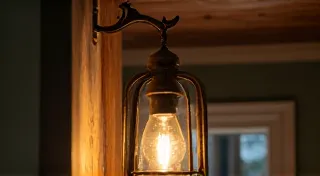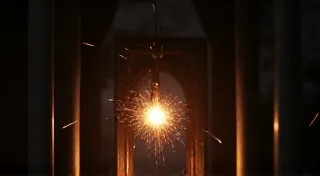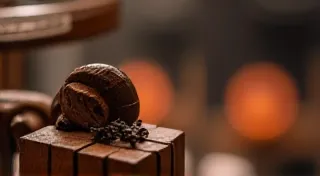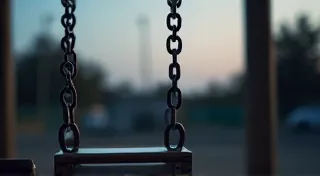The Alchemy of Restoration: Transforming Rust into Prose
There's a peculiar magic in holding an antique typewriter. It's not just the weight of the metal, the satisfying click of the keys, or even the tangible connection to a bygone era. It's a feeling of possibility, of untold stories waiting to be unlocked. These machines, once ubiquitous tools for writers, journalists, and dreamers, now stand as silent witnesses to history, often neglected and coated in a patina of rust and time. Restoring an antique typewriter isn’t merely a mechanical process; it’s an act of creative renewal, a parallel journey that mirrors the revitalization of one's own writing.
I first encountered this magic as a young man, feeling lost and creatively blocked. I stumbled upon a dusty Underwood No. 5 at a flea market. It was in rough shape – keys stuck, carriage jammed, a thick layer of grime obscuring its once-elegant curves. Something about its resilience, its stubborn refusal to be defeated, resonated deeply. I bought it for a pittance, driven by a vague impulse to *fix* something, to bring something back to life. Little did I know, I was about to be taught a valuable lesson about myself.
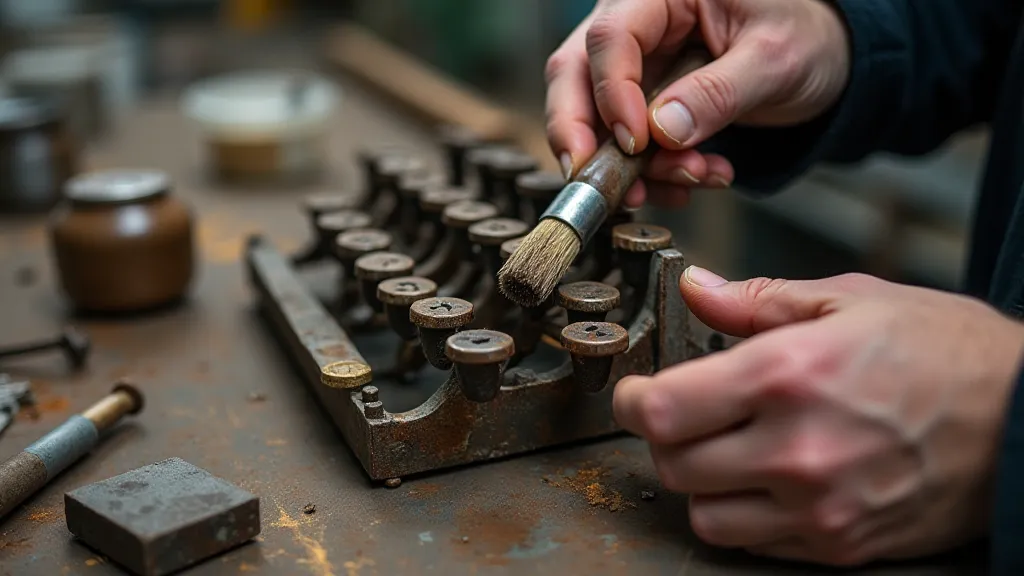
The Ghosts of Letters Past
The early 20th century was the typewriter's golden age. They were essential for businesses, government offices, and the burgeoning world of journalism. Think of Hemingway pounding out his prose on a Royal, or Fitzgerald crafting his elegant sentences on a Remington. These machines weren't just tools; they were extensions of the writers’ minds, partners in their creative process. Each ding of the bell, each perfectly aligned letter, represented a moment of creation, a tangible piece of someone's thoughts made real.
But time, as it always does, took its toll. Typewriters were discarded, forgotten, relegated to dusty attics or sold at estate sales. Rust crept in, keys seized, and the mechanisms that once flowed with effortless precision became stiff and unresponsive. The stories they held seemed to fade along with the ink on their ribbons.
Disassembly: Facing the Layers of Time
The restoration process itself is a meticulous dance between patience and skill. It begins with disassembly – carefully taking the machine apart, documenting each piece, and cleaning away decades of accumulated dirt and grime. It’s a surprisingly intimate experience. You're literally handling the history of the machine, feeling the wear and tear of countless keystrokes. You start to appreciate the ingenuity of the design – the complex interplay of levers, springs, and gears that allows a simple keystroke to translate into a perfectly printed letter.
I remember my first major restoration - a Smith Corona Silent. The rust was stubborn, embedded deep within the gears. I spent hours soaking parts in solvents, gently scrubbing with wire brushes, and painstakingly removing each layer of corrosion. There were moments of frustration, moments when I felt overwhelmed. But then I's remind myself of the typewriter’s history, the countless words it had produced, and that gave me the resolve to continue.
The Parallel: Writing and Restoration
It struck me then, a surprising and profound realization: the process of restoring a typewriter is remarkably similar to the process of writing itself. Both require a willingness to dismantle, to expose the core elements, to confront the imperfections. Just as a writer revises and edits their work, stripping away unnecessary words and phrases to reveal the essence of their story, a typewriter restorer must meticulously clean and repair each component, revealing the machine's original beauty and functionality.
Just as a writer can be blocked, unable to find the right words or the right direction, a restorer can become stymied by a particularly challenging problem. Both require perseverance, a willingness to experiment, and the humility to admit when you’ve made a mistake. And, crucially, both require a sense of passion – a deep appreciation for the beauty and potential that lies within the seemingly broken or incomplete.
There’s a quiet satisfaction in overcoming these challenges, in bringing something back to life. Just as a writer finds joy in crafting a compelling narrative, a restorer finds joy in witnessing a machine’s resurrection – in hearing the satisfying click of the keys, in seeing the clean, crisp letters emerge from the platen.
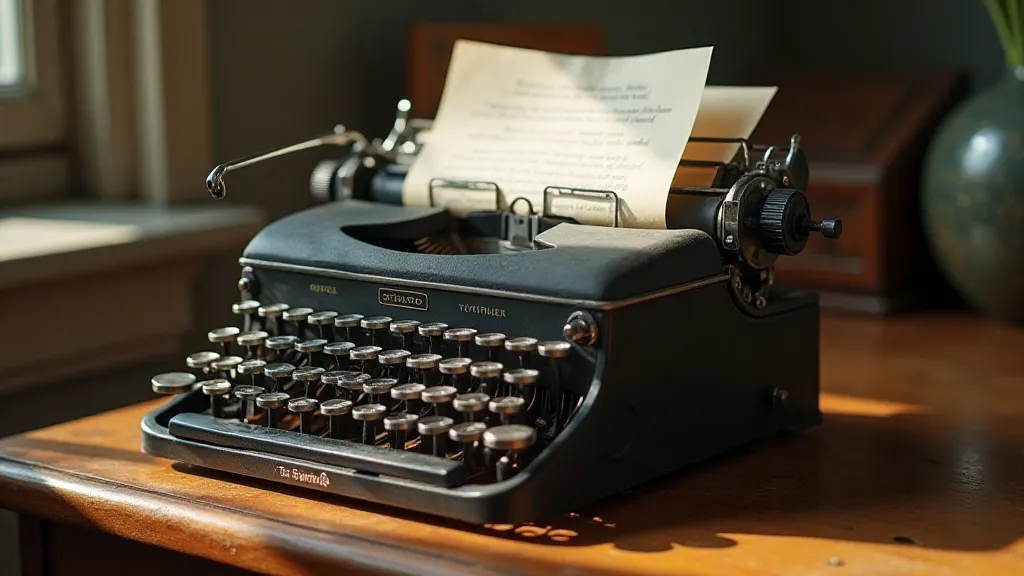
The Art of Repair: Beyond the Mechanical
Restoring an antique typewriter isn’s just about replacing worn parts or cleaning away rust. It’s about understanding the machine’s mechanics, appreciating its design, and preserving its character. Sometimes, a perfect replacement part isn’t available. In those cases, a restorer must use their ingenuity to fabricate a substitute, adapting existing parts or even creating entirely new components.
This requires more than just mechanical skill; it requires a creative mindset. It’s about seeing the potential in what’s broken, imagining how it can be made whole again. It's about imbuing the restoration with a sense of artistry – not just fixing the machine, but honoring its history, preserving its beauty, and breathing new life into its legacy.
More Than Machines: A Connection to the Past
Collecting antique typewriters isn’t just about acquiring objects; it’s about connecting with history, with the writers who used these machines, with the countless stories they produced. Each typewriter has a story to tell – a history of use, a legacy of creation. As a restorer, you become a custodian of that history, ensuring that these machines continue to inspire and connect with future generations.
And, perhaps most importantly, restoring an antique typewriter is a reminder of the power of perseverance, the beauty of craftsmanship, and the enduring importance of the written word. It's a lesson in patience, a celebration of creativity, and a testament to the human spirit's ability to transform rust into prose.



